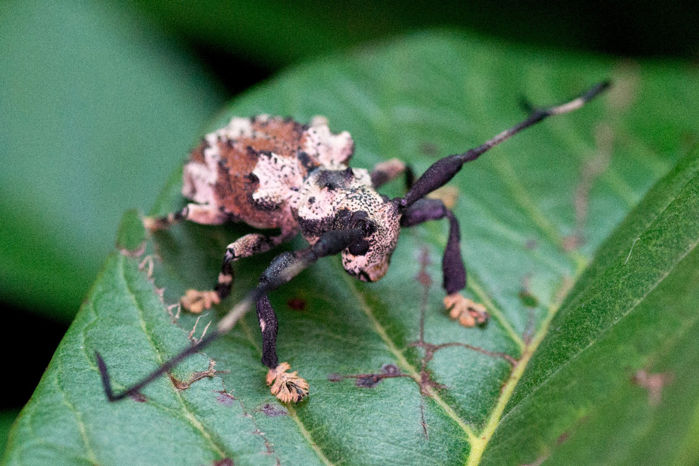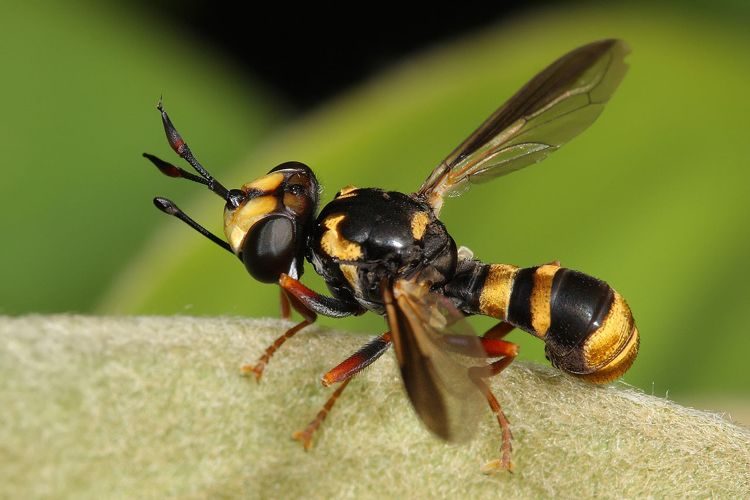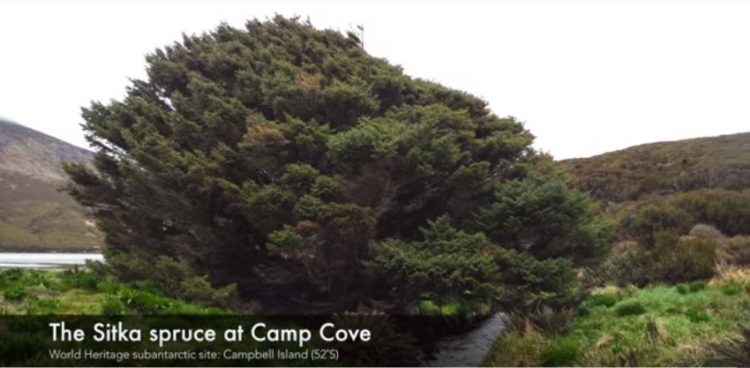Sebastião Ribeiro Salgado is a world renowned social documentary photographer and photojournalist from Brazil, but few people know that he is also the mastermind behind one of the most amazing environment restoration projects in history. Together with his wife, Salgado has nearly completed the recovery of a single uninterrupted section of the Atlantic Forest, planting millions of saplings over the last two decades.
The story of Instituto Terra, the non-profit organization founded by Sebastião Salgado and his wife, Lélia Deluiz Wanick Salgado, began in 1998. The celebrated photographer had recently returned from Rwanda, where he had documented the tragedies of war. The horrors he witnessed during those troubled wars haunted him long after he left Africa, and at one point he completely lost both his faith in humanity and the desire to shoot photos. It was around this time that Sebastião’s parents offered him and Lélia the old farm he had grown up in, and he took the opportunity to return home thinking that the idyllic paradise he remembered would help him heal. However, he found that his home was nothing like he remembered it.
Salgado grew up on a 1,750-acre farm in the state of Minas Gerais 70 miles inland from Brazil’s Atlantic coast. He recalls that, when he was only a boy, the Atlantic Forest covered half his family’s farm and half the Rio Doce Valley, and that the fauna that called it home created a cacophony of sounds every day. But that wasn’t the sight he came home to in the mid 90’s.





















